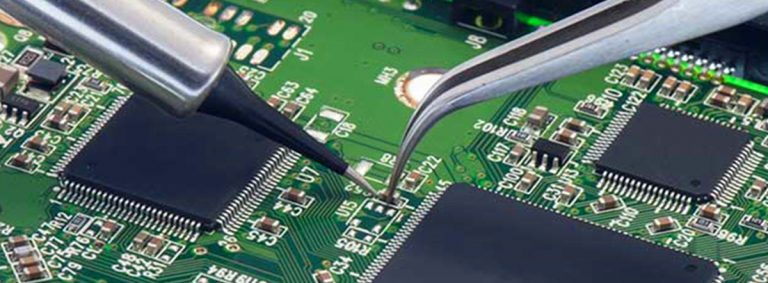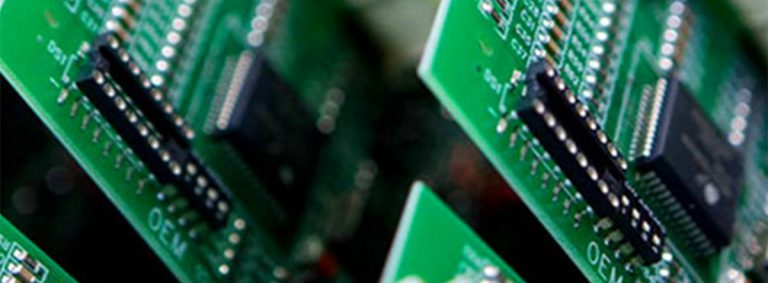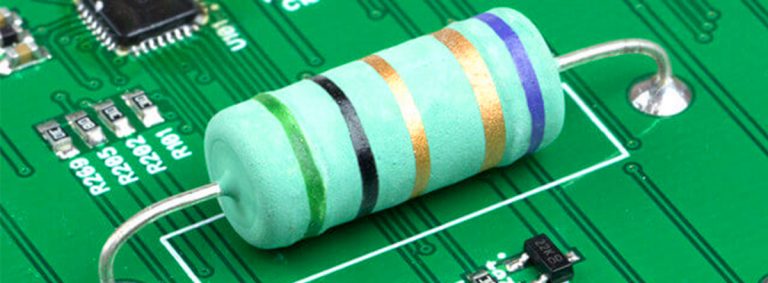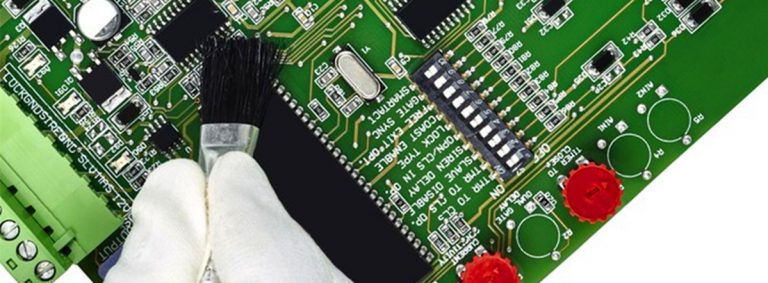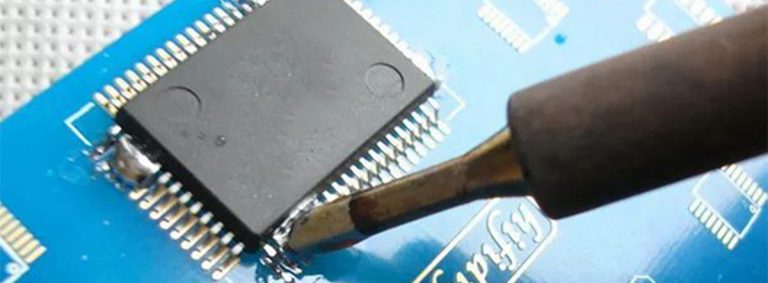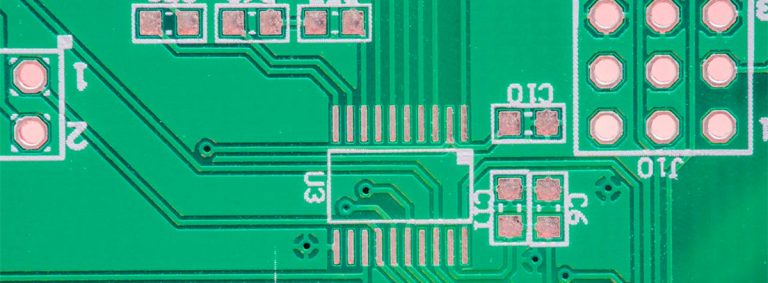The Holes Design for the High-speed PCB Assembly Manufacturing
We know that in high-speed PCB assembly manufacturing, seemingly simple holes often bring great negative effects to circuit board design. Therefore, in the design, we should try our best to do the following:
1. Considering both cost and signal quality, choose a reasonable hole size. For example, for the 6-10 layer memory module PCB design, the aperture of 10/20Mil (drilled hole/pad) is better. For some high-density small-sized boards, you can also try to use the hole of 8/18 mil. Under current technical conditions, it is difficult to use smaller holes. For the holes of the power supply or ground wire, a larger size can be considered to reduce the impedance.
2. The use of a thinner custom PCB board is conducive to reducing the two parasitic parameters of the holes.
3. Try not to change the layers of the signal traces on the fr4 PCB board, that is to say, try not to use unnecessary holes.

4. The pins of the power supply and the ground should be apertured nearby, and the lead between the holes and the pins should be as short as possible, because they will cause an increase in inductance. At the same time, the power and ground leads should be as thick as possible to reduce impedance.
5. Place some grounded holes near the aperture of the signal change layer, so that the signal can provide the nearest return path. In addition, remember that the process needs to be flexible and changeable. The pcb model is the case where there are pads on each layer. Of course, we can also reduce or even remove the pads of some layers. Especially when the hole density is very large, it may cause a broken groove to form a circuit breaker in the copper layer. At this time, in addition to moving the position of the hole, we can also consider reducing the size of the hole on the copper layer.


